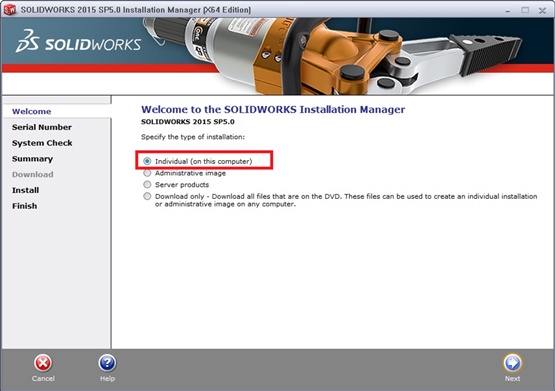Viceversa Pro 25 Server Serial

Viceversa Pro 25 Server Keygen 50: gistfile1.txt.
• Current rating: 0 • • • • • Your rating: not submitted ViceVersa is a comprehensive application that will allow you to replicate folders, synchronize files, perform backups and do file and folder comparisons in an easy, fast and innovative way. The program will let you perform synchronization between computers, such as laptops, desktops, workstation, servers, VPN, WAN, network, etc. It supports any type of storage devices and media, including DVD, CD, CD-RW, NAS (Network Attached Storage), Zip disk, external Hard Disk, USB flash drive, and more. ViceVersa provides an efficient side-by-side view that will easily show the files status, offering you complete control over your data.
The program provides powerful back-up capabilities with flexible file archiving, automatic file and folder replication, bi-directional file sync, and CRC file comparison and verification. The software also lets you copy files without interrupting your work and closing the program you are using, including Word and Excel documents, Outlook Express, Outlook PST files, SQL databases, QuickBooks databases, etc. ViceVersa is a highly versatile and flexible program, offering you a wide range of features and functions, such as file archiving, compression and encryption, file revision and versioning, time synchronization, etc.
It will also help you to keep your data protected and safe. ViceVersa works among PCs, e.g. Desktop, Laptop, Server, Workstation, over network WAN, LAN, USB, VPN, and with any kind of storage media including external Zip disk, Hard Disk, CD-RW, USB drive, DVD, NAS (Network Attached Storage). Pros • Nice, fast, and well designed user interface.
• It's able to schedule backups to multiple destinations. Cons • Learning to use the program may be time consuming. • Not for beginners. Needs a good understanding of Windows OS and some computer knowledge.

Contents • • • • • • • • • • • • • • • • • • • • • • • • • • • • • • • • • • • • • • • • • • • • • Introduction [ ] RS-232 is a standard for serial data communication between computing equipment. This standard dates back to 1962 but has been substantially revised over the years to accommodate changes to communications technology. At a minimum, an RS-232 connection may consist of a single wire connected between two pieces of equipment. The simplest connection in common usage contains three wires: transmit (tx), receive (rx), and ground (gnd). However, a fully implemented connection can contain as many as 25 wires.
Early RS-232 connections were commonly used to connect terminal equipment to modems, so these topics are often intertwined. Data Terminal/Communications Equipment [ ] In the world of serial communications, there are two different kinds of equipment: • DTE - Data Terminal Equipment • DCE - Data Communications Equipment Straight Serial Connections [ ] In practice, the distinction between Data Terminal Equipment (DTE) and Data Communications Equipment (DCE) is simply a matter of function. This is an instance where the subjects of modems and serial communication equipment have been mixed together. Here, the modem can be thought of as the DCE and the terminal that faces a user is the DTE.
Years ago, when the use of timeshare computing systems was common, the user would dial a telephone, place the telephone's handset against an acoustical modem, and that modem would be connected to a simple dumb terminal with an RS-232 cable. The typical connection speed was usually 50 baud or 110 baud, though very fast connections could reach 300 baud. As a side note, when the very first IMPs (Interconnection Message Processors) that formed the first nodes/routers of ARPAnet (the ancient predecessor of the Internet), this was exactly the connection system they were using. This later gave way to other communication systems, but this was the beginning of the Internet. In a more modern setting, imagine a piece of equipment in a very dangerous place, like in a steel processing mill that measures the temperature of the rollers or other steel processing equipment.
This would also be a form of what we now refer to as a piece of 'Data Communication Equipment' that we would also want to be able to control remotely. The PC that is used in a control room of the mill would be the Data Terminal Equipment. There are many other similar kinds of devices, and RS-232 connections can be found on all kinds of equipment. Can you handle it instrumental usher. The reason this is called a 'straight' connection is because when the cabling is put together, each wire on each end of the connection is connected to the same pin. Null Modems [ ] Often you don't always want to connect a piece of equipment to a computer, but you would also like to connect two computers together. Unfortunately, when connecting two computers with a 'straight' serial connection, the two computers are fighting each other on the same wires. One way to make this work is to connect the two computers to each other with a pair of modems.